Grit, Courage, and the Life-Changing Value of Self-Belief
Poor is the story of a young woman as she looks back at the circumstances of her birth, childhood and younger years, through the lens of having been raised by parents who were addicts. The middle sibling of five children, she would become pregnant at 15, abandoned and homeless. And then things got even worse – until she began to find the support and mentors she needed to begin the long climb out of a destiny she desperately wished to avoid.
It is a riveting read, constructed from the hopeful perspective of having by chance – in the people she met along the way – found support and been shown how to save herself and the path to higher education.
More importantly this book is essential reading for anyone considering working with children, for parents and those in higher education who might have a tendency to favour “the good, the ideal” student, to think about how we might uplift and give hope to those who might not fit that category.
Turning Points In A Life
Katriona’s story pinpoints the moments in childhood that mark a life, both the good (the teacher who taught her and facilitated her being able to manage her own cleanliness) and the bad (a man her parents left her with), from which there is no turning back, but perhaps with the right resources, there can eventually be a kind of healing.
Being able to look back and identify those moments that shifted her self-worth, while often devastating to relive, enabled her to understand their impact and address them through appropriate methods, and where they were positive shifts, to cultivate gratitude.
It also highlights the many adults that let these children down.
I know my parents let us down, significantly. The blame is with them. Of course it is. But the world around us let us down too, and in a way, that is worse. Because my parents were drug addicts and that is how it all got so bad and messed up. But the people of the world around us – the police, the teachers, the social workers – they were untrustworthy. They pushed us into a corner and frightened us. How could we have grown up to do anything else but bite them back?
My parents let me down, but so did the world. And the world was where I had to live.
She is one of the few who has managed to climb out, to break a cycle; her story is shared in the hope others who identify, might find the motivation to pull themselves towards something that might bring them out of what is almost inevitable if you’ve grown up in such an environment.
I’d take a heroin addict parent over an alcoholic one any day of the week. That may seem surprising but there is a meanness in booze and horrible unpredictability that you just don’t get with heroin addiction.

It is also for those who have never known such misery, to refrain from judgement, to be open to understanding what happens to people in these situations, how they got there, the consequences and the ineffectiveness of today’s government policies in properly identifying the cause, creating and applying appropriate, sustainable solutions.
This isn’t a tale of woe is me or blame, and neither is it a story of a one-off. It is a demonstration of the difficulty of these lives, and a desire to want to change the world in a more caring and empathetic way than it is now, to search for and find and fund solutions, so that more might learn how to follow a different path, when similar struggles are present.
My education has taught me that choice is a myth: our path is set by history and it is very rare for someone to change that path. I am one of the lucky few who escaped the destiny set for me by my parents’ addiction.
Inclusivity and Diversity, We Must Do Better
She challenges educational institutions to do more to be inclusive of struggling students, to strive for the value of greater diversity. “Diversity brings power”.
Although the ‘same’ opportunities are open to people of all backgrounds, we live in a system where those coming from stable, secure childhoods do well and there is no allowance for the struggle of those who don’t. We need equity in education, not equality. If someone can’t see straight because the world is falling in around them, we need to raise them up to clearer skies…and the truth is, we are losing some brilliant minds in the trenches of poverty.
In an interview with the Guardian she expresses her fury at the rhetoric around poverty – that if someone is poor, it is their own moral failing, and if only they worked harder, they could drag themselves out of it. It is society that loses, she points out.
“We’re missing talent, vibrancy and creativity. Because I’ve been empowered, I have been able to change my life, my children’s lives. I’m not costly any more to the state. I’m not doing all of the things that happen when you live in poverty. The people who are making decisions are clearly very educated and yet they don’t seem to have the long-term lens on what investing in reducing poverty can do.”
A brilliant and engaging memoir and an important voice in support of educating children out of poverty.
Highly Recommended.
Poor has been shortlisted for two categories in the 2023 An-Post Irish Book Awards for Biography of the Year and for the Listeners’ Choice Award (winners announced 22 November).
Further Reading/Listening
Irish Times :The Women’s Podcast – Poor by Dr Katriona O’Sullivan – in conversation with Róisín Ingle
Dr Katriona O’Sullivans New Podcast POOR discusses issues relating specifically to poor systems, supports, people and process: Episode 1 Intro, Episode 2 But I Think It’s Ok to Say Fuck!
Irish Times Review: Poor by Katriona O’Sullivan, What Will You Do To Change Society For People Like This? by Lynne Ruane
Guardian Interview: Raised by addicts, abused, neglected, broke: how Katriona O’Sullivan escaped her fate by Emine Saner
Katriona O’Sullivan, Author
Dr Katriona O’Sullivan was born in Coventry to Irish parents. In 1998, at 20, she moved from Birmingham to Dublin and subsequently enrolled in the Trinity College access programme. She went on to gain a PhD in psychology from Trinity and joined its staff.
She now works as a senior lecturer in Digital Skills in Maynooth University’s Department of Psychology. She has worked with policy-makers to develop strategies around education and inclusion, and has been an invited speaker at the UN, the World Education Forum, the European Gender Action Workshop on Women and Digitalization.
Most recently, the programme she leads to improve working class girls’ access to education in STEM subjects won the Most Impactful Initiative Award at the Women in Tech Europe Awards in Amsterdam.
She is married with three children and lives in Dublin. Poor is her first book.
“I needed encouragement to build my life and the tools to give it structure and strength. I needed tools to understand the world and how to think.
I needed an education.” Katriona O’Sullivan


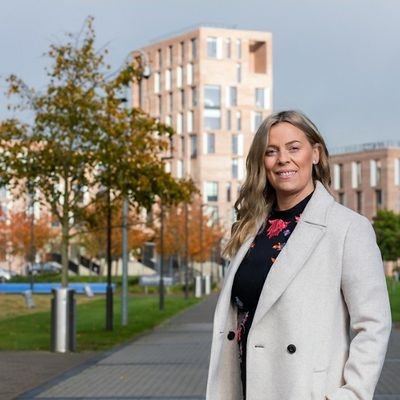
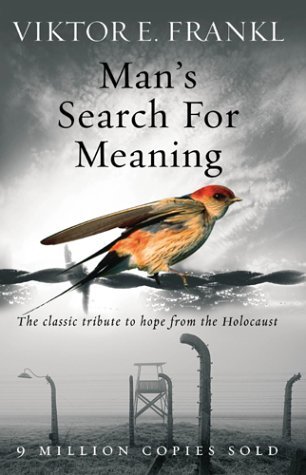 My friend then mentioned Viktor Frankl and interestingly, I learned he held a similar premise, but in the opposite direction. In terms of looking forward in life, we are likely to be more at peace and less prone to suffering if we have a ‘why’ in terms of our life’s meaning. So having our own ‘why’ is what we can focus on, looking forward, not back, at ourselves and not ‘the other’.
My friend then mentioned Viktor Frankl and interestingly, I learned he held a similar premise, but in the opposite direction. In terms of looking forward in life, we are likely to be more at peace and less prone to suffering if we have a ‘why’ in terms of our life’s meaning. So having our own ‘why’ is what we can focus on, looking forward, not back, at ourselves and not ‘the other’.
 Viktor Emil Frankl, psychiatrist, was born March 26, 1905 and died September 2, 1997, in Vienna, Austria. He was influenced during his early life by Sigmund Freud and Alfred Adler, and earned a medical degree from the University of Vienna Medical School in 1930.
Viktor Emil Frankl, psychiatrist, was born March 26, 1905 and died September 2, 1997, in Vienna, Austria. He was influenced during his early life by Sigmund Freud and Alfred Adler, and earned a medical degree from the University of Vienna Medical School in 1930.

 1.
1.  2.
2.  3.
3.  4.
4.  5. Braiding Sweetgrass by Robin Wall Kimmerer (2013) (Creative Non Fiction) (US) – In this remarkable collection of 32 essays, organised into 5 sections that follow the life cycle of sweetgrass, we learn about the philosophy of nature from the perspective of Native American Indigenous Wisdom, shared by a woman of native origin who is a scientist, botanist, teacher, mother.
5. Braiding Sweetgrass by Robin Wall Kimmerer (2013) (Creative Non Fiction) (US) – In this remarkable collection of 32 essays, organised into 5 sections that follow the life cycle of sweetgrass, we learn about the philosophy of nature from the perspective of Native American Indigenous Wisdom, shared by a woman of native origin who is a scientist, botanist, teacher, mother. 6.
6.  7.
7.  8.
8.  9.
9. 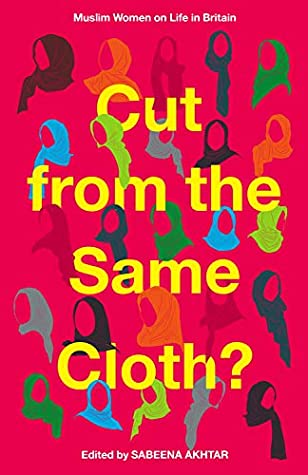 10.
10.  This year I found inspiration from two of my favourites in this field, and two new authors, all of them coming from renowned publisher
This year I found inspiration from two of my favourites in this field, and two new authors, all of them coming from renowned publisher 
 Another new author I picked up this year was Claire Stone and her book
Another new author I picked up this year was Claire Stone and her book 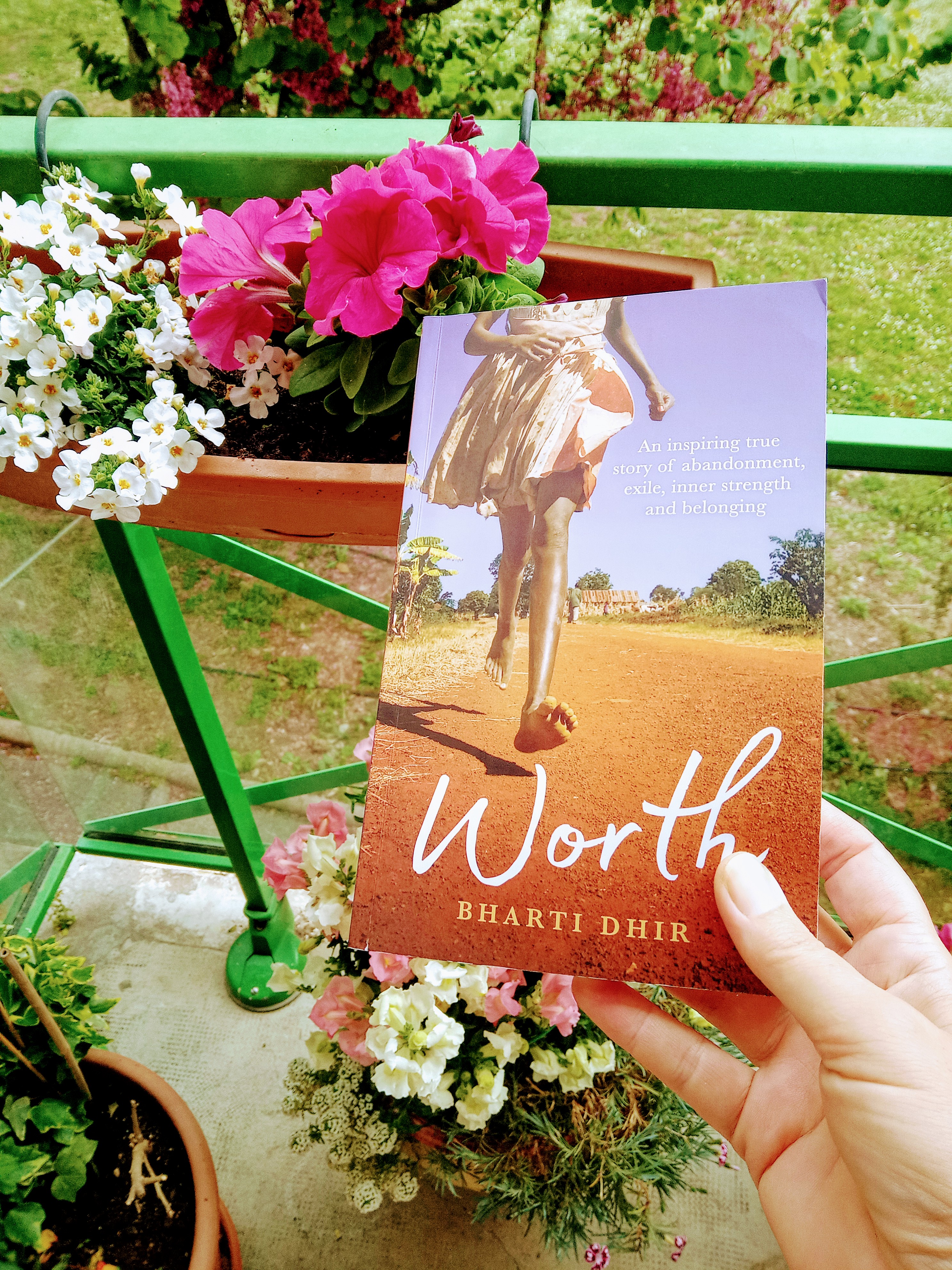 Finally,
Finally, 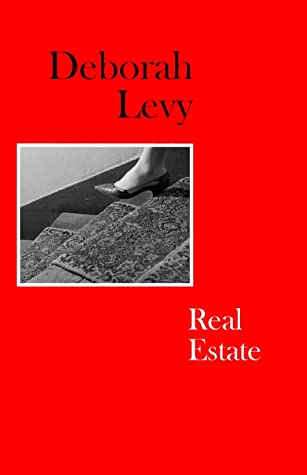 And now the final volume, Real Estate, which might as easily have been called UnReal Estate, in tumeric coloured silk, Levy has shed the cocoon, ready to embrace a new decade, the nest empty.
And now the final volume, Real Estate, which might as easily have been called UnReal Estate, in tumeric coloured silk, Levy has shed the cocoon, ready to embrace a new decade, the nest empty.


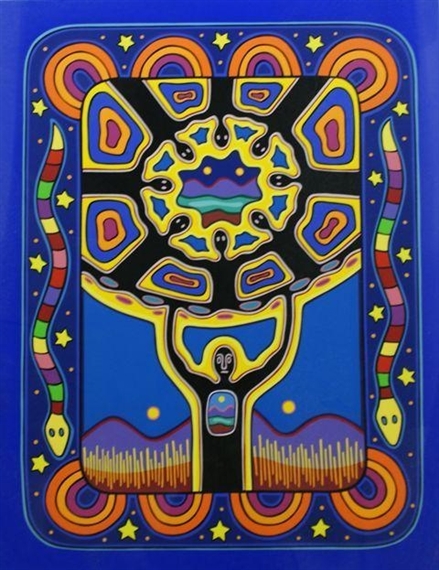
 Sally Morgan is one of Australia’s best-known Aboriginal artists and writers.
Sally Morgan is one of Australia’s best-known Aboriginal artists and writers. Finding herself unemployed and pregnant with her third child after being pushed out of a teaching job – her husband’s parting shot as he abandons his young family, to inform her employer of his disapproval (a husband’s approval was required for a married (black) woman to be eligible to work) – she reinvents herself, creating her own work (selling sheep heads (cooked) she’d bought on credit) initially to survive, determined to reinstate herself back into the teaching profession, to extend and elevate her education and move beyond surviving to thriving.
Finding herself unemployed and pregnant with her third child after being pushed out of a teaching job – her husband’s parting shot as he abandons his young family, to inform her employer of his disapproval (a husband’s approval was required for a married (black) woman to be eligible to work) – she reinvents herself, creating her own work (selling sheep heads (cooked) she’d bought on credit) initially to survive, determined to reinstate herself back into the teaching profession, to extend and elevate her education and move beyond surviving to thriving. Pursuing a higher level of education to offset so much else that set her back, fed into Magona’s ambition; as she achieved, her self belief grew and she pushed herself further, while assuming the role of both parents.
Pursuing a higher level of education to offset so much else that set her back, fed into Magona’s ambition; as she achieved, her self belief grew and she pushed herself further, while assuming the role of both parents. I was reminded of my recent read of Riane Eisler and Douglas Fry’s
I was reminded of my recent read of Riane Eisler and Douglas Fry’s  The slim autobiography shares stories from her childhood up to the age of 23, all of it taking place in South Africa. In her early years, as was customary among amaXhosa people, she lived with her grandparents. It was often the case while parents were trying to earn a living in starting a new life, that the extended family and home community was the safest, most caring environment for young children to be. There was always someone to look after children, they had food, shelter, company and they thrived.
The slim autobiography shares stories from her childhood up to the age of 23, all of it taking place in South Africa. In her early years, as was customary among amaXhosa people, she lived with her grandparents. It was often the case while parents were trying to earn a living in starting a new life, that the extended family and home community was the safest, most caring environment for young children to be. There was always someone to look after children, they had food, shelter, company and they thrived.
 Magona was born in 1943 in the small town of Gungululu near Mthatha, in what was then known as the homeland of Transkei, in the Eastern Cape of South Africa.
Magona was born in 1943 in the small town of Gungululu near Mthatha, in what was then known as the homeland of Transkei, in the Eastern Cape of South Africa. Non Fiction Memoir
Non Fiction Memoir
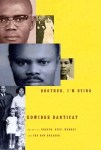




 I have had this memoir on my bookshelf for a long time and recall first becoming aware of it when I wrote an article for our a newsletter about a genre in literature I wasn’t familiar with called Creative Nonfiction, sometimes referred to as Literary Nonfiction and here in France as essais or belles-lettres.
I have had this memoir on my bookshelf for a long time and recall first becoming aware of it when I wrote an article for our a newsletter about a genre in literature I wasn’t familiar with called Creative Nonfiction, sometimes referred to as Literary Nonfiction and here in France as essais or belles-lettres. Lorna Sage’s memoir, published in 2001, is an excellent example of literary nonfiction, by the time she wrote it, she had been practicing her ‘creative literary art’ for some time as a literary critic, reviewer, and essay writer, publishing widely on women writers and their work. She wrote books on Angela Carter, Doris Lessing, twelve 20th century women writers, Edwardian writers Violet Trefusis & Alice Keppel and a collection of her journalistic pieces Good As Her Word was compiled posthumously.
Lorna Sage’s memoir, published in 2001, is an excellent example of literary nonfiction, by the time she wrote it, she had been practicing her ‘creative literary art’ for some time as a literary critic, reviewer, and essay writer, publishing widely on women writers and their work. She wrote books on Angela Carter, Doris Lessing, twelve 20th century women writers, Edwardian writers Violet Trefusis & Alice Keppel and a collection of her journalistic pieces Good As Her Word was compiled posthumously. Though childhood takes up much of the book, her teenage years are intriguing, for here the family rises above convention and supports Lorna at a time of great need, in an era when many young women in her position would have been shamed and treated in an inhuman manner, giving rise to more problems and heartache. That she gets through this challenging period in her life, supported by her family and goes on to complete a university education virtually without hindrance, is astounding.
Though childhood takes up much of the book, her teenage years are intriguing, for here the family rises above convention and supports Lorna at a time of great need, in an era when many young women in her position would have been shamed and treated in an inhuman manner, giving rise to more problems and heartache. That she gets through this challenging period in her life, supported by her family and goes on to complete a university education virtually without hindrance, is astounding.
 Nothing Holds Back the Night is the book Delphine de Vigan avoided writing until she could no longer resist its call. It is a book about her mother Lucile, who she introduces to us on the first page as she enters her apartment and discovers her sleeping, the long, cold, hard sleep of death. Her mother was 61-years-old.
Nothing Holds Back the Night is the book Delphine de Vigan avoided writing until she could no longer resist its call. It is a book about her mother Lucile, who she introduces to us on the first page as she enters her apartment and discovers her sleeping, the long, cold, hard sleep of death. Her mother was 61-years-old. I read this book in a day, it’s one of those narratives that once you start you want to continue reading, it’s described as autofiction, a kind of autobiography and fiction, though there is little doubt it is the story of the author’s mother, as she constructs thoughts and dialogue inspired by the information provided by family members, acknowledging that for many of the events, some often have a different memory which she even shares.
I read this book in a day, it’s one of those narratives that once you start you want to continue reading, it’s described as autofiction, a kind of autobiography and fiction, though there is little doubt it is the story of the author’s mother, as she constructs thoughts and dialogue inspired by the information provided by family members, acknowledging that for many of the events, some often have a different memory which she even shares.